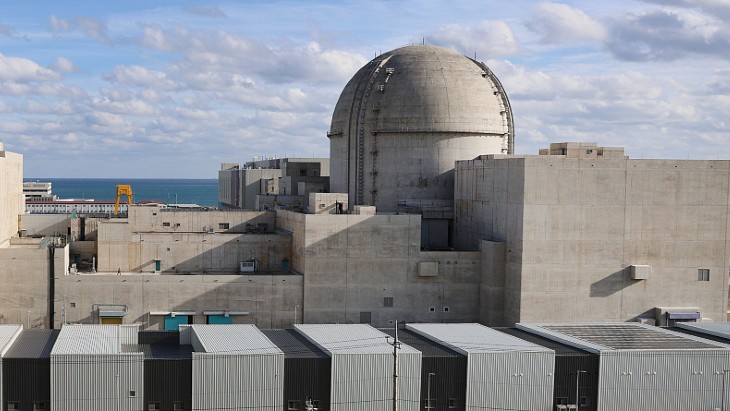The Ministry of Energy in Belarus said that the connection took place on Saturday 13 May at 13:24 as part of the continuing process of power start-up.
It said on Telegram: "The synchronisation of the turbogenerator of the second power unit of the nuclear power plant with the power system was preceded by a large amount of work, including bringing the reactor plant to a critical state, then to a minimum controlled power level with its further increase to 40%."
The ministry added: "All technological operations were performed in accordance with the regulations, in compliance with the necessary safety requirements."
Rosatom said that specialists will increase power "up to 50% in the coming days and carry out tests to verify the compliance of the thermal performance of the main equipment in the reactor and turbine compartments of the power unit with the design values". The unit will then see its power increased in further stages - with tests along the way - until it reaches 100%. Commissioning of the unit is scheduled for Autumn this year.
Energy minister Viktor Karankevich said: "One of the most important and critical sub-stages of the power unit start-up has been carried out, which was the result of large-scale work related to the installation and commissioning of equipment, serious preparatory operations."
The first power unit of Belarus's nuclear power plant, which is in Ostrovets, was connected to the grid in November 2020 and, the energy ministry says, once both units - Russian VVER-1200 reactors - are commissioned, the plant will produce about 18.5 TWh of electricity per year, equivalent to 4.5 billion cubic metres of natural gas, with an annual effect on the country's economy of about USD550 million.





_72306.jpg)


_49562.jpg)





